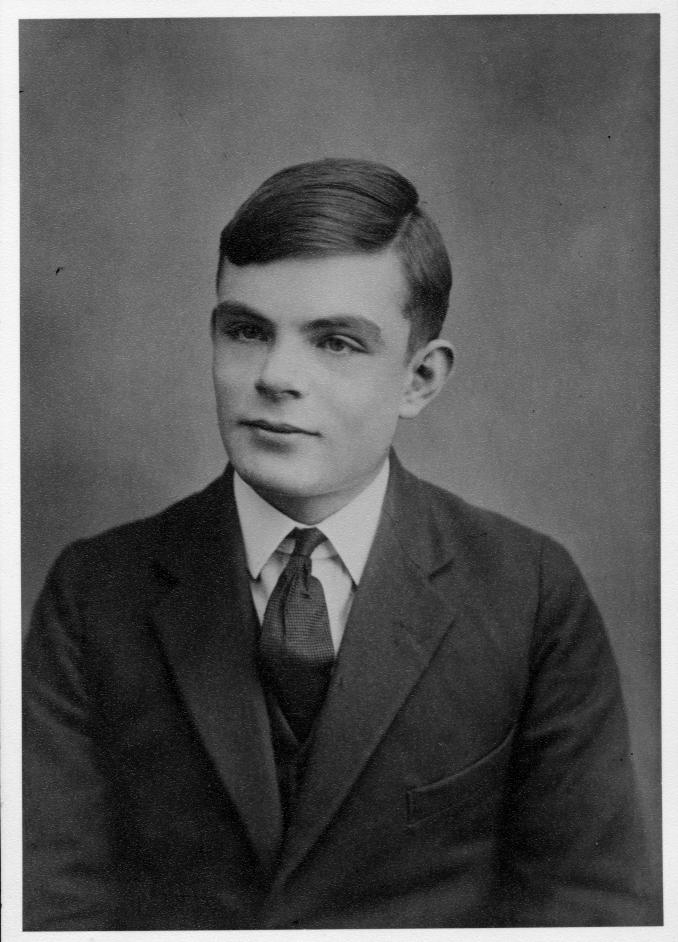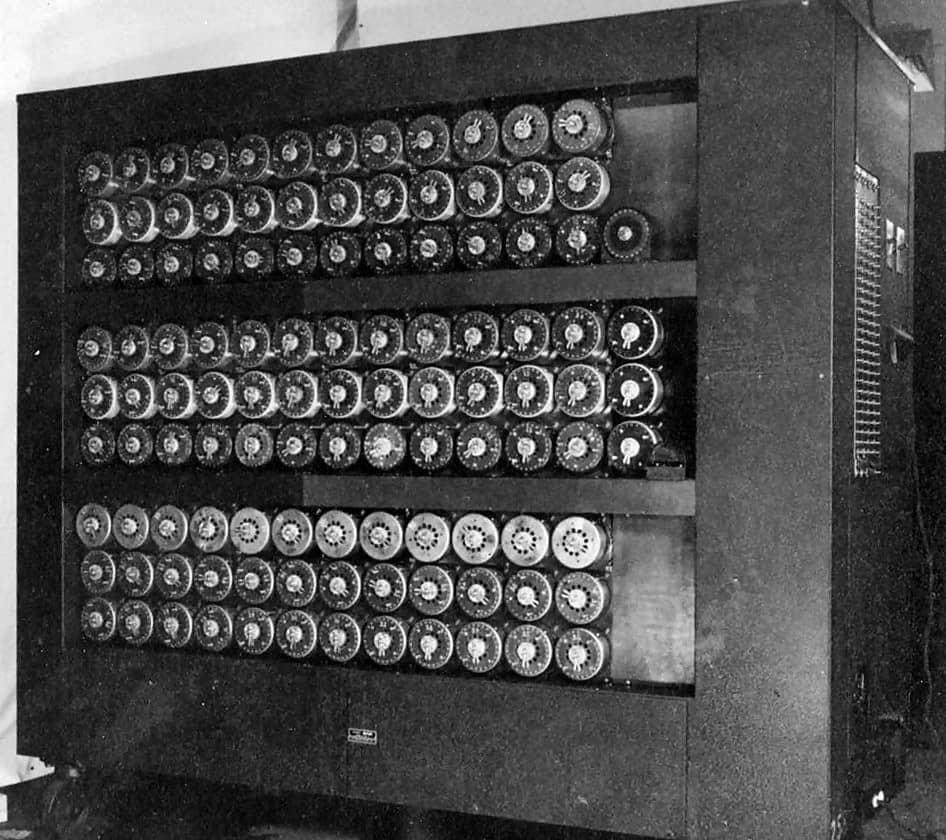On September 1, 1939, Germany invaded Poland, beginning WWII. In response, Britain assembled a special team of codebreakers led by Alan Turing at Bletchley Park as Bletchley Park had the needed secrecy and personnel. This team, using Poland’s information and ideas, captured Luftwaffe and Army Enigma machines, and Turing’s development of cribs and menus (mathematical formulas that found flaws in the Enigma code), created a new machine to break the Enigma code.
Bletchley Park (BP) was actually chosen in 1938 BEFORE the war began in ANTICIPATION of the war. It was chosen because it was near key communications, transportation, and academic locations and also because it was NOT in London but yet close enough to London for easy access to policymakers.
Personal Interview with Gregory Nedved, Historian at the National Security Agency

